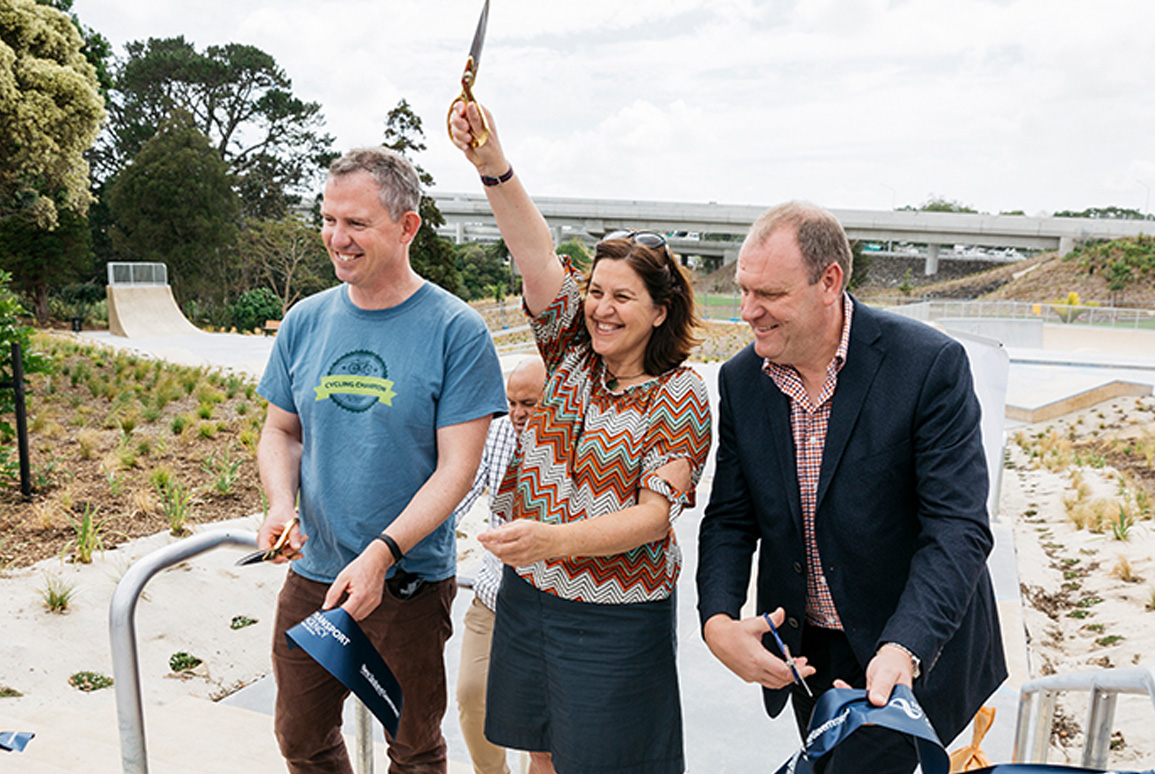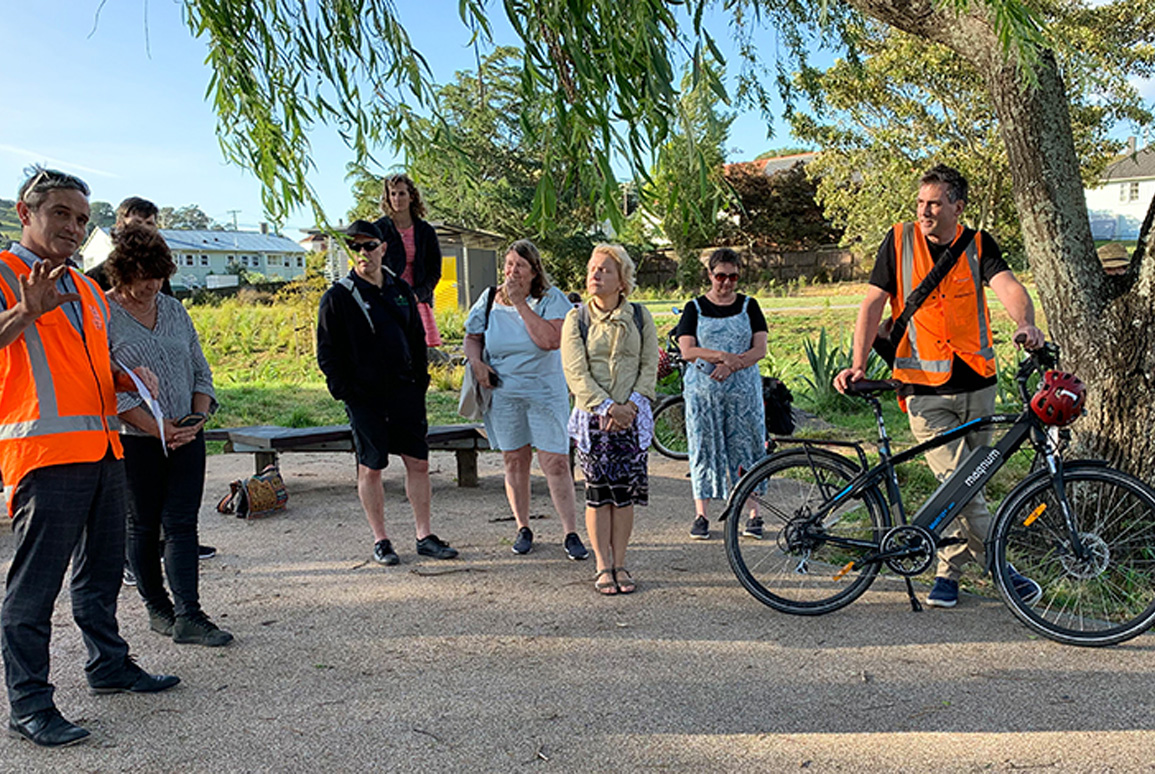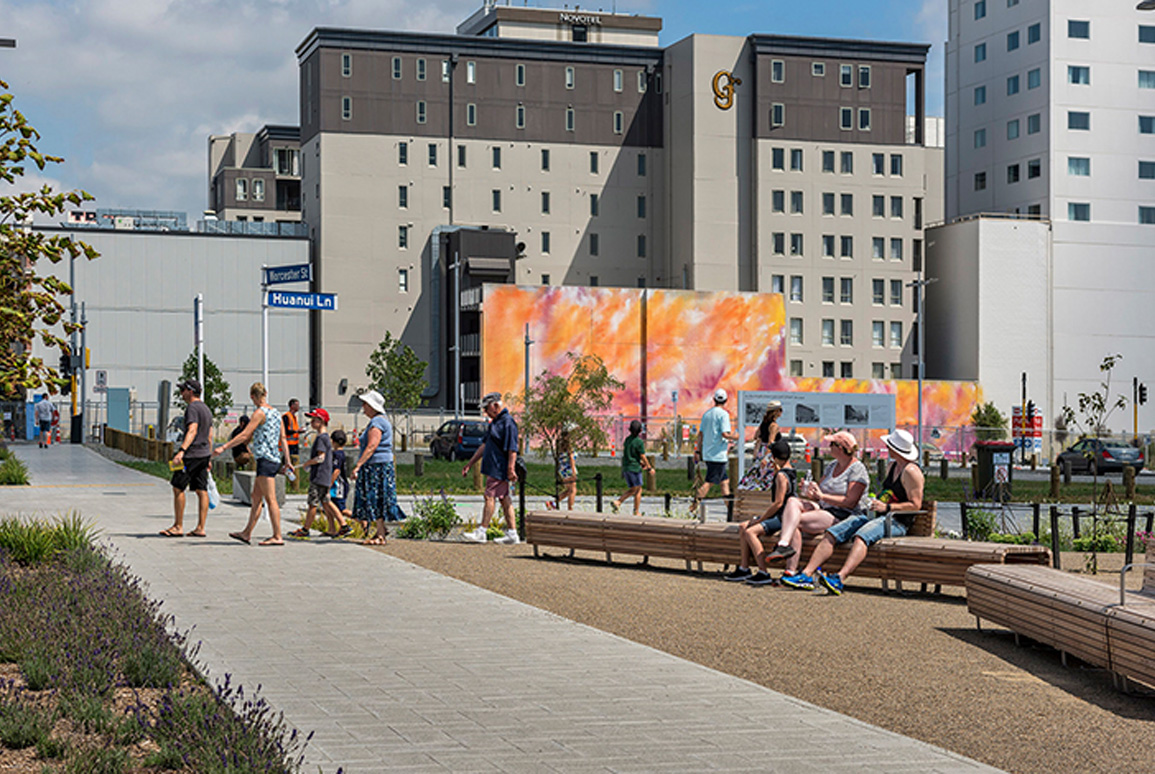Be Bold: Lessons learned from getting projects built
25 August 2020
The biggest challenge around getting projects built is that when it’s done right, the end result belies the complexity of the effort. If it looks easy... invariably, it isn't.

A successfully implemented design enhances its surroundings. It finishes on schedule and on-budget. There’s been no negative comment from the media. The people come, the flowers bloom and the client and stakeholders take a bow.
It all starts with blue-sky thinking and beautiful drawings, and that’s fine. But the world is full of unbuilt, or poorly-realised concepts that failed to deliver on their potential.
Taking a concept off the page and building it in the real-world is a holistic process. It’s something we’ve done successfully in cities and towns across Aotearoa; and we’ve learned a few key lessons along the way.
Collaborate: If you want to bring an idea into reality, you need the right team. They’ll bring together the requisite skill set, and help create a supportive culture.
As true collaborators, we advocate bringing project managers and key project partners on board early. An alliance model, in which project managers and contractors are embedded into the process throughout (particularly in relation to community engagement) brings about a greater holistic appreciation of who we’re building the project for, and understanding the intangible outcomes the project wants to achieve.
A supportive and enthusiastic team will create a common purpose, and keep it front-of-mind through all phases of the project. This shared vision is a key factor in achieving a richer outcome that delivers on community and client aspirations.
Understand the motivation: From councils and clients to community and contractors — understanding what success means for each team member is crucial. Something that one group considers ‘nice to have’ may be of critical importance to another. With shared understanding, the project team can work together to remove obstacles and solve problems.
You need champions and cheerleaders: From the outset, these are the people who will keep the team on track. Whether it’s a client who is fully committed to the project, or a community leader who consistently advocates for the outcome, buy-in from stakeholders is a powerful force. You can’t take everyone on the journey (there will always be nay-sayers), but harnessing the positive energy of a few key people is invaluable.

Know the unknown and manage the risk: Particularly in urban environments, what you see is just a tiny bit of what you get. Chances are, various utilities and services run beneath the street and the pavements. There may be piped streams or stormwater drains. Tall buildings cast shadows, surrounding streets determine traffic flow, and existing residences, businesses and public spaces influence how people move through the space.
Concept drawings don’t always consider these aspects; but learning about them, navigating through them, and adapting along the way is what getting a project built is all about.
Don’t ignore the hard stuff. Do the hard stuff first. Construction is an exercise in problem-solving, and during that process it’s tempting to put challenges off to the side and carry on doing the ‘easy’ stuff. But odds are, those challenges will grow the longer they remain unattended and will impact other aspects of the job. Whether it’s in the studio or on-site, approach the challenges head-on and find the solution. (PS: There’s always a solution.)
Implementation and observation completes the journey: We think not enough emphasis is put on this aspect. Detailed design is only halfway there; and without the continuity of vision and knowledge gained along the way, the end result will invariably fall short.
We’ve learned that lack of continuity through each stage – from concept, to resource consent, to detailed design, to contract administration, observation and implementation — leads to poor outcomes, lack of delivery on expectation and, in many instances, a higher cost as the ‘institutional knowledge’ that will manage risks and facilitate problem-solving isn’t carried over between phases.
Above all we’ve learned that a successful journey from design to build is based on integrity. The integrity that’s brought to the process — and to the project — is key to establishing trust and respect.
Take the time to bring the right people on board; and to create a shared purpose and commitment between the project team, the client and the end-users. Keep those overarching objectives front-of-mind, before detailed design and right through to the end — refer to them in the decision-making process. We believe we’re there to service the project; and we’ve seen that the greatest success comes from shared outcomes, not personal agendas.


